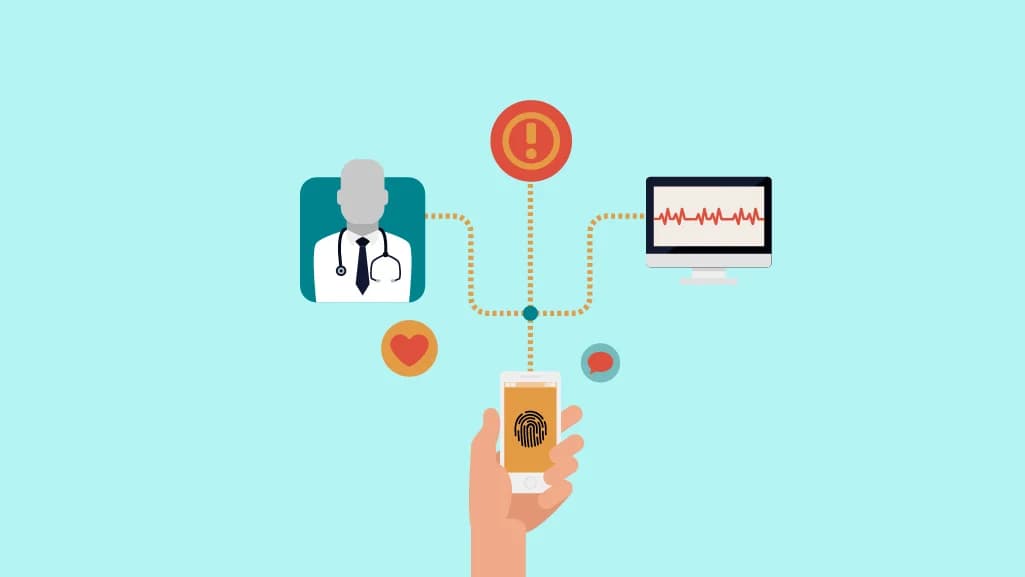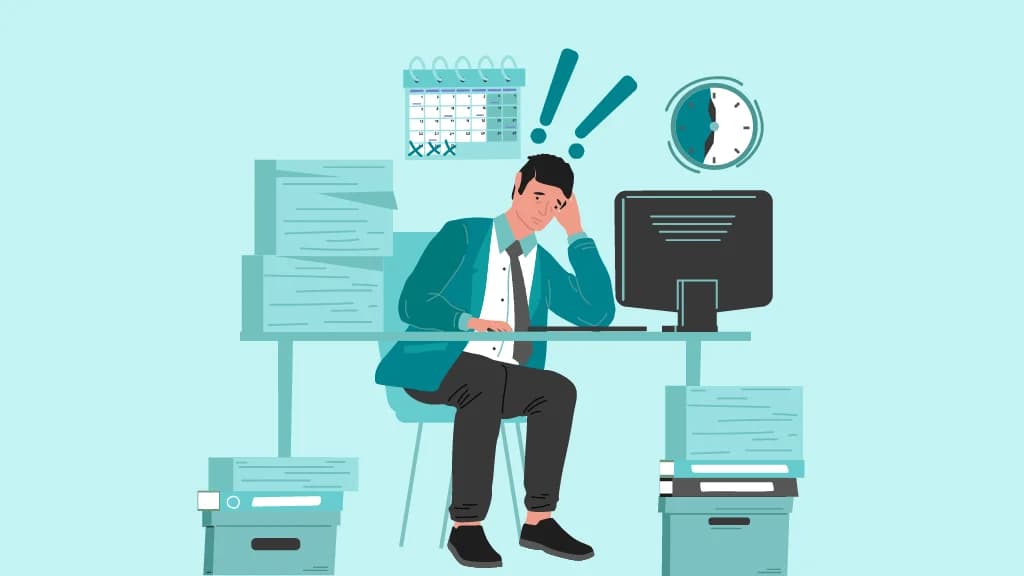8 Advanced Biometric Tools That Predict Employee Health Risks

Team AdvantageClub.ai
October 29, 2025

1. Continuous Health Monitoring Platforms
How they add value:
- Alerts for early signs of fatigue or imbalance
- Dashboards that visualize daily and weekly health patterns
- Recognizing employees for simply showing up consistently in their wellness journeys
2. Biometric Wellness Dashboards
For HR, the most significant impact comes when dashboards:
- Reduce bias by making “invisible effort” visible (for instance, someone who quietly manages stress effectively)
- Offer anonymized team-level insights that support equitable wellness initiatives
- Enable recognition for healthy patterns of work-life balance across employees, rather than spotlighting only outwardly energetic personalities
3. Real-Time Health Analytics
For HR, this means an opportunity to reinforce positive actions:
- Offering small recognition moments for maintaining hydration goals
- Rewarding teams who normalize pacing themselves during high-pressure weeks
- Celebrating employees who schedule micro-breaks when prompted by insights
4. Physiological Stress Monitoring
Employee health and wellbeing stats highlight that stress is one of the most under-discussed yet universally felt aspects of the workplace. Tools monitoring metrics like heart rate variability or skin conductance can highlight when stress levels cross certain thresholds.
HR applications include:
- Recognizing teams that collectively sustain a low-stress environment during demanding projects
- Rewarding practices that reduce stress, such as choosing to pause for team well-being breaks
- Focusing on stress management milestones, not just productivity milestones
5. Emotion-Aware Analytics
Addressing stress remains one of the biggest workplace wellness challenges, making these tools essential for proactive HR strategies. Certain platforms have the ability to detect emotional cues from digital interactions, such as tone of voice or micro-expressions. Even while these tools raise clear privacy issues, they can offer priceless wellness information if used properly and with employee authorization.
The HR angle:
- Allowing employees to “opt in” avoids forcing anyone into exposure they’re not comfortable with
- Turning insights into recognition means valuing emotional balance as well as task completion
- Equity focus: ensuring recognition is offered fairly to all, not only to extroverts who naturally show emotions more openly
Handled skillfully, emotion-aware analytics foster empathy and help create a healthy work environment where emotional well-being is given a platform.
6. Predictive Risk Modeling
Practical applications include:
- Creating recognition programs that celebrate proactive maintenance habits such as hydration, regular breaks, and healthy sleep
- Reinforcing sustainable behavior before burnout signals surface.
- Celebrating early adopters who make these tools a part of their daily wellness routine
Investing in preventive health not only improves resilience but also strengthens employee wellbeing and retention across the organization.
7. Workforce Wellness Hubs
From an HR standpoint, wellness hubs make recognition inclusive by:
- Offering wellness rewards universally, not concentrated on in-office teams
- Providing a central space where remote or frontline employees can engage equally
- Reinforcing a sense of belonging, no matter where or when employees work.
8. Sentiment and Pattern Analysis in Wellness
This opens up new recognition strategies for HR:
- Rewarding teams whose combined patterns show balanced morale during peak workloads
- Offering shout-outs and micro-incentives to teams that practice collective well-being
- Detecting patterns that may require organizational adjustments, then recognizing departments that embrace healthier ways of working
Balancing Wellness Recognition with Privacy
Three fundamental ideas form the basis of the appropriate strategy:
- Consent first: Employees must control how their data is shared.
- Transparency always: Insights should be shared in aggregate or anonymized forms wherever possible.
- Recognition, not surveillance: The intent must stay clear, these tools support employee health, not police their behaviors.
Rethinking Wellness as Recognition
Biometric health platforms are no longer futuristic add-ons. They are becoming central to how workplaces approach wellness and recognition. The breakthrough lies not in the data itself but in how organizations use it. When insights from continuous health monitoring, advanced wearables in the workplace, and biometric wellness tracking are tied to thoughtful recognition, employees feel valued for sustaining both themselves and their teams. With corporate employee wellness software from AdvantageClub.ai, organizations can unify monitoring, analytics, and recognition to build a more humane workplace where culture, health, and equity advance together.





